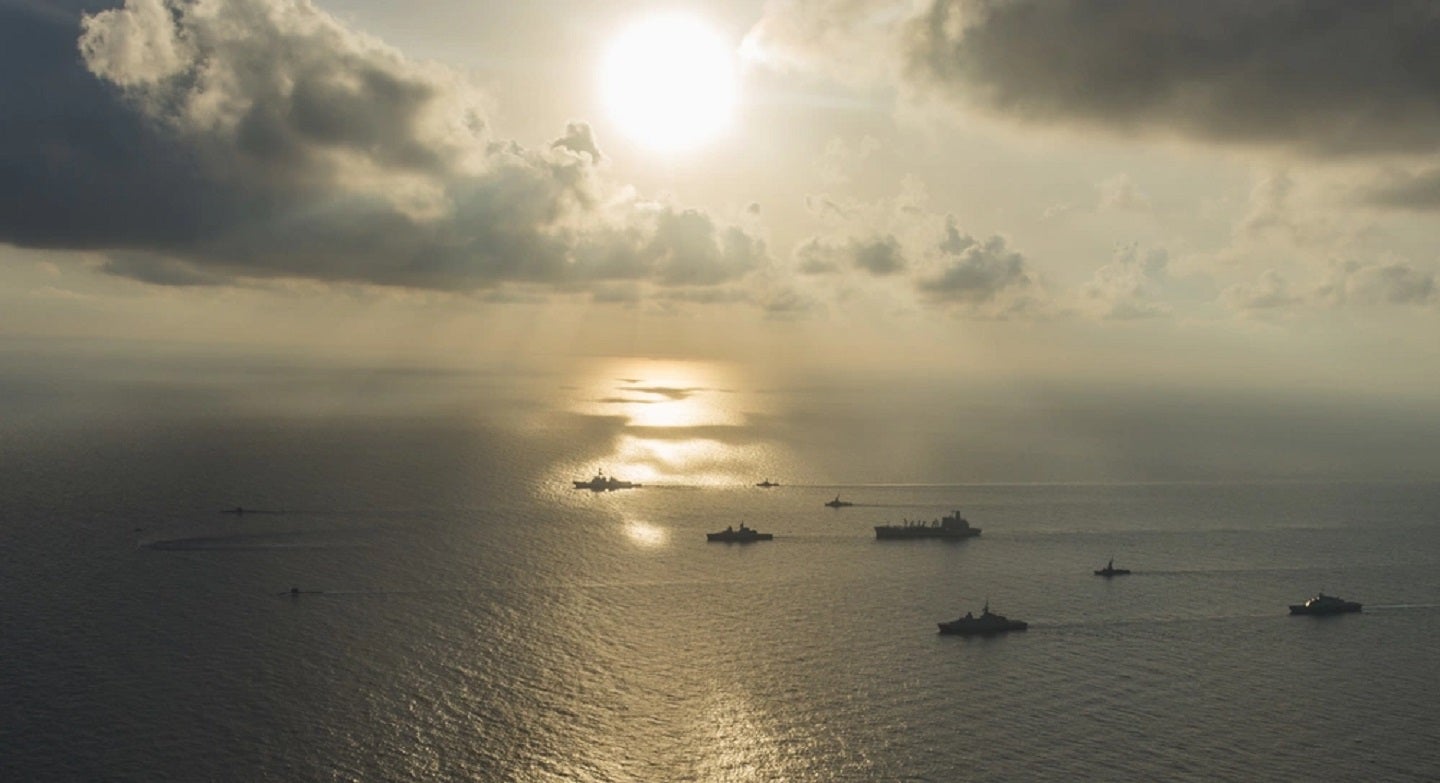
The US President’s Budget for the fiscal year (FY) 2024 was released on 13 March, and its implications on the US Navy (USN) reveal the priorities of the nation’s strategy. The naval budget balances greater investment in the industrial base and bolstering their capabilities for the Indo-Pacific theatre.
The US Department of Defence (DoD) held a press briefing on the day of the budget’s release where USN officials outlined where the $255.8bn overall budget request will be committed. This request has increased by $11.1bn or 4.5% from the FY 2023 budget.
How well do you really know your competitors?
Access the most comprehensive Company Profiles on the market, powered by GlobalData. Save hours of research. Gain competitive edge.

Thank you!
Your download email will arrive shortly
Not ready to buy yet? Download a free sample
We are confident about the unique quality of our Company Profiles. However, we want you to make the most beneficial decision for your business, so we offer a free sample that you can download by submitting the below form
By GlobalDataThe planned budget allocation has been summed up by the Undersecretary of the Navy, Erik Raven, commenting “we [will] continue to strengthen our alliances and partnerships in the Indo-Pacific… and we [will] deliver warfighter capability by strengthening the shipbuilding and weapons industrial bases”.
Indo-Pacific region
To assert maritime superiority, the People’s Liberation Army Navy (PLAN) has built up the largest navy in the world according to GlobalData, with 355 naval vessels, of which between 65 and 70 are submarines, and 145 are major surface combatants.
“China is expanding its naval capabilities, while conducting aggressive maritime activities in the South China Sea. These actions seek to undermine our system of international law, including freedom of the seas, a foundational US interest. Yet our Navy and Marine Corps are meeting the challenge on the sea, under the sea and in the air every single day” a DoD official stated.
Meanwhile, the naval budget seeks to address this threat as they “continue to strengthen our alliances and partnerships in the Indo-Pacific”. To this end, the USN has increased its Pacific Deterrence Initiative (PDI) funding by almost 50%.
Investments like this enlarged commitment in security cooperation programmes and relationships with regional partners will fortify a joint defence in the Indo-Pacific. Already, the US intends to bolster Australian forces with greater capabilities from Tomahawk missiles to cutting-edge US nuclear power submarine technology.
These deals and partnerships are part of the US national strategy for interoperability with their allies, particularly those within the Indo-Pacific region. These partnerships are expected to enhance maritime capabilities of the Australian forces to interoperate with the US Navy and other allied forces.
Moreover, GlobalData adds that experts believe that the US still has technological advantages despite having a slightly smaller navy. Despite this, the US will continue to commit further to funding its weapons and concept capabilities – significantly more than its destroyers (DDG), with spending on DDGs registering a compound annual growth rate of 3.5% between 2023-33 – in order to take the competitive edge.
“We add nearly $2bn to our weapons programmes, investing in critical munitions and supporting multiyear procurement contracts,” the USN spokesperson stated in the DoD briefing. This platform investment includes the continued development of the Columbia-class submarines, keeping on track for the delivery of the first vessel in FY 2028.
The USN’s quality versus quantity approach seems to be at odds with the PLAN’s considering the fact that they launched two brand new Type 052D DDGs from their Dalian port on 13 March, with three additional DDG hulls receiving work in the shipyard.
Naval industrial base
“The budget [also] provides predictable build plans and invests in workforce development and supply chain, sending a clear signal to our industry partners,” the DoD briefing acknowledged.
This year’s FY budget will address the once-a-century modernisation and maintenance facilities needed for America’s Shipyard Infrastructure Optimisation Plan (SIOP). The official noted that the USN’s “request of $2.7bn is required to sustain our Virginia vessels at four naval shipyards, with construction efforts to recap ageing drydocks at three of the four locations, comprising the bulk of this request”.
This priority is critical for ship production in the decades to come. With mounting pressure from the PRC, shipyards ought to be at their optimal productive state. Due to this, there will be a lot of strategic outsourcing to bring on new companies to do work in the shipyards. As well as this, there are the shipyards themselves, “which need some investment — not material but I think robotics and the kit they need to be more efficient”.
This is the second consecutive year the USN requested funds to bolster and stabilise its industrial base, surpassing $1bn when including defence-wide funding this year. “With ads that target shipbuilder infrastructure, supplier and workforce development, technology advancements, and strategic outsourcing,” the USN spokesperson said adding that “the funds requested for our weapons portfolio includes approximately $380m to enhance our weapons industrial base capacity”.








